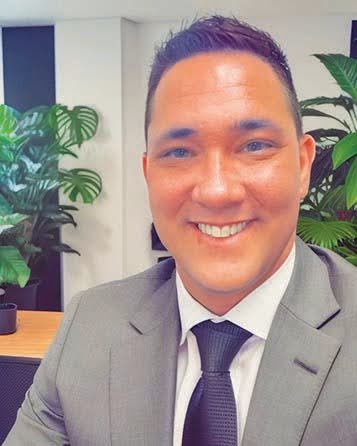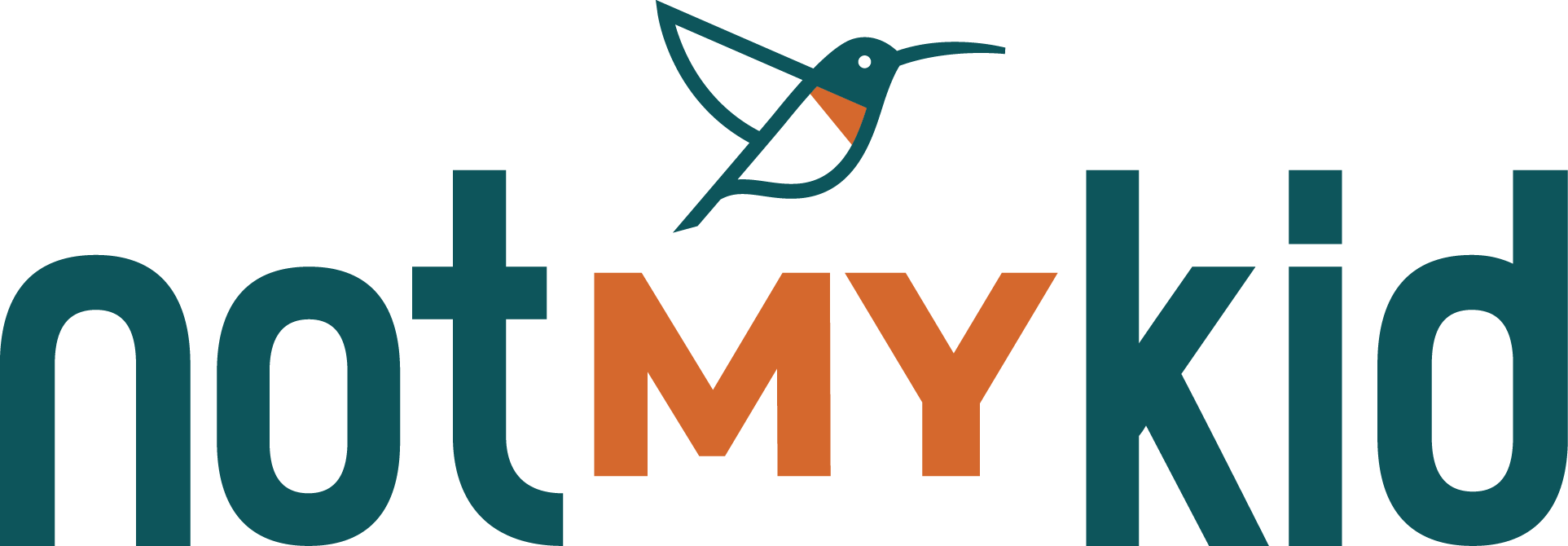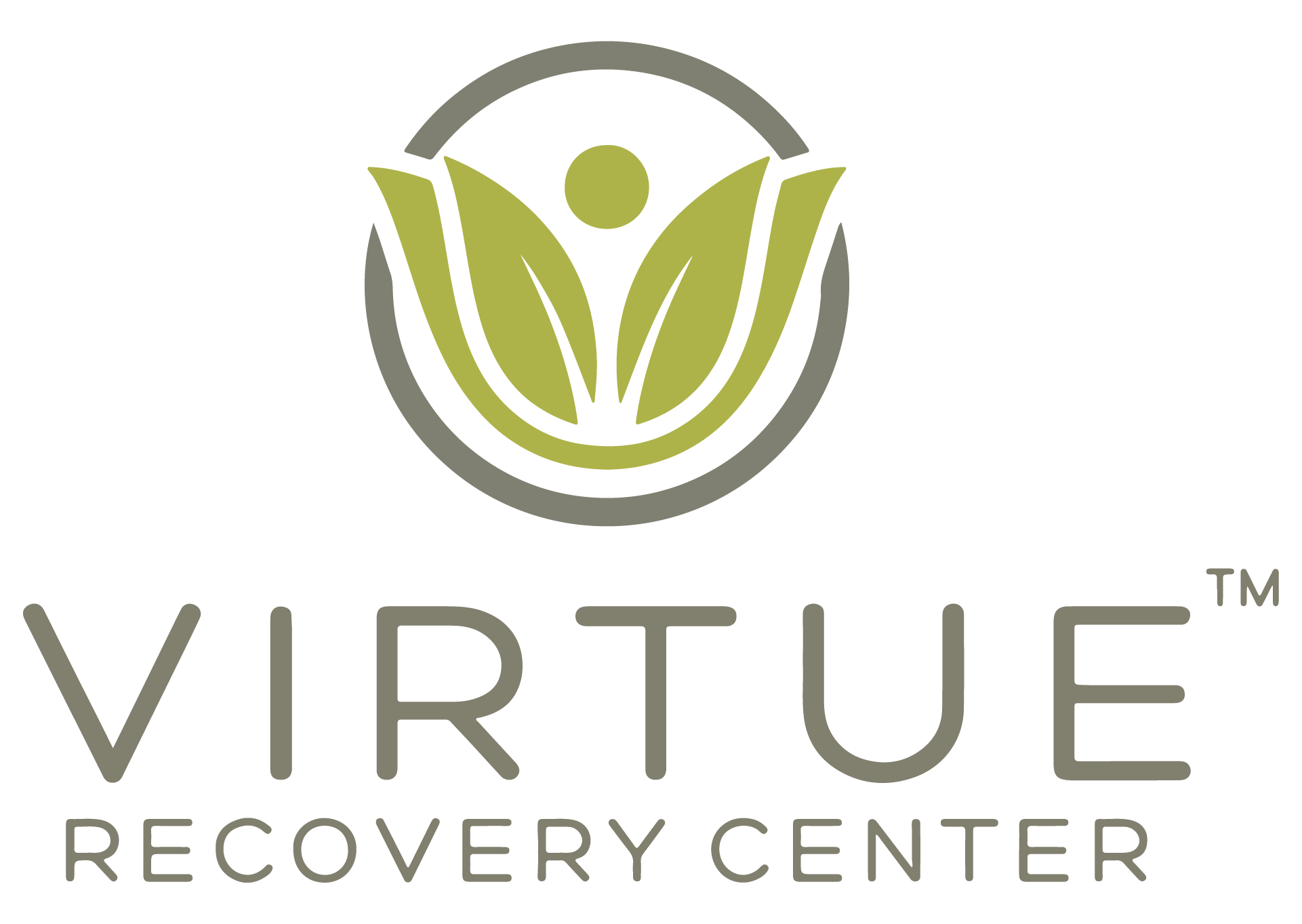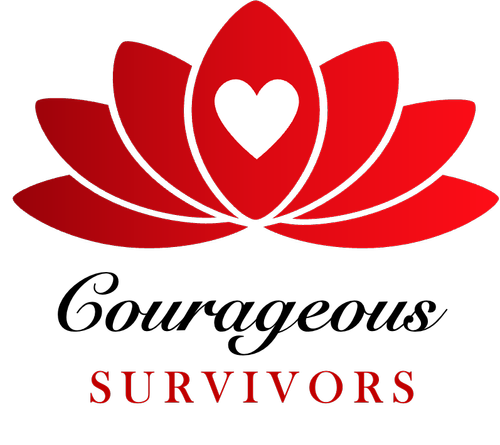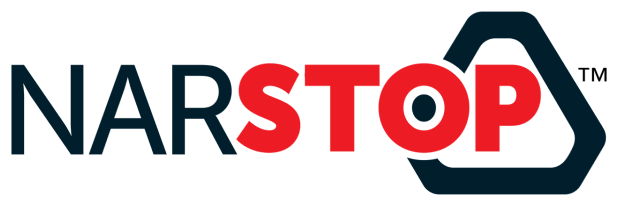By Kathleen Meyers, PhD
Recent media reports of young people dying from overdoses calls attention to the devastating effects of addiction — which has reached epidemic proportions. After years of decline, the current increasing incidence and prevalence of substance use among American adolescents is distressing as youth are five times more likely to develop a substance use disorder compared to adults. And unfortunately, this disease can (and frequently does) follow them for life: only about 10 percent of substance dependence cases occur after adolescence.
Thus, successful efforts to prevent, delay or minimize substance use during adolescence are sorely needed. They are the most economical and enduring way to reduce the many public health, safety, and economical threats associated with addiction. And yet, as a country, we pay little attention to prevention, early intervention, effective treatment or continuing care for this age group.
“We pay little attention to these issues for our kids. The imperative to do better is clear, and the pathway to change has never been more possible.”
As a result of significant legislative and scientific advances, and a growing public understanding about addiction and its devastating effects, the substance abuse field is poised for positive transformation. The necessary elements for change are now in place, and with proper alignment and leveraging of forces, there is an enormous opportunity to have a significant impact on the way in which substance use disorders are perceived and managed in our society — especially among our kids.
Such systemic change can only be achieved through coordinated and multifaceted efforts. As we have learned from other previously stigmatized diseases, the role of advocacy in driving change is critical. By outlining the current state of our adolescent substance abuse treatment system, we can lay the framework for what needs to be done, and how we can come together as a community to address this growing crisis.
TRI- Paving the Way to ChangePaving the Way to Change: Advancing Quality Interventions for Adolescents Who Use, Abuse or Who are Dependent Upon Alcohol or Other Drugs, provides insight into the individual, societal and financial consequences of adolescent alcohol, drug use and other substance use disorders. It provides an overview of the current treatment system and an explanation of why it’s failing our kids. It provides a new opportunity and a clearer lens for viewing and ultimately treating adolescents, as well as how to approach financing the system.
Paving the Way to Change outlines the challenges that our field and our community must address to quell the tide of adolescent substance abuse in this country. The changes that are needed will not be simple. They will not be quick. They will require coordinated and effective advocacy efforts. But they will be worth it. I encourage you check out this report and share it with your friends and colleagues. The role of your advocacy is critical and it can drive needed change.
We, as advocates, have varied and powerful resources to bring to bear. We are researchers, families, legislators, people in recovery, clinicians, educators and friends. Together, we can create the change that is needed, and that will lead to important and sustained changes in the way care is delivered to adolescents and young adults who are at risk for, who have abused, and who are recovering from substance use.
Please tell us what you think. Please share this with your colleagues. Please prioritize collaboration. We can shape the future of adolescent substance abuse prevention and treatment. Join our efforts.
Learn more about the Treatment Research Institute visit www.tresearch.org
Kathleen Meyers, Ph.D. has more than 25 years of clinical research experience. She is a recognized leader in the assessment and treatment of adolescent substance use disorders (SUD), delinquency and co-morbidity and is the author of the Comprehensive Adolescent Severity Inventory (CASI), a multidimensional assessment instrument for youth with co-morbidity that is widely used throughout the United States, Canada and abroad.


